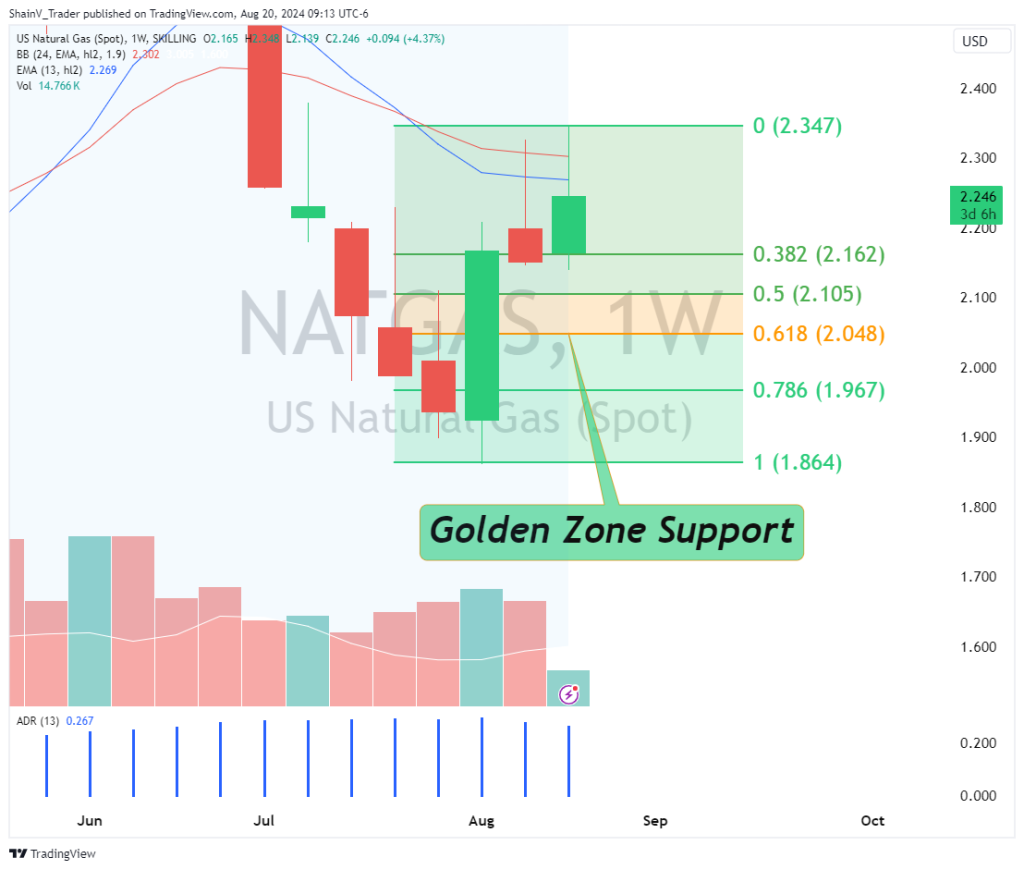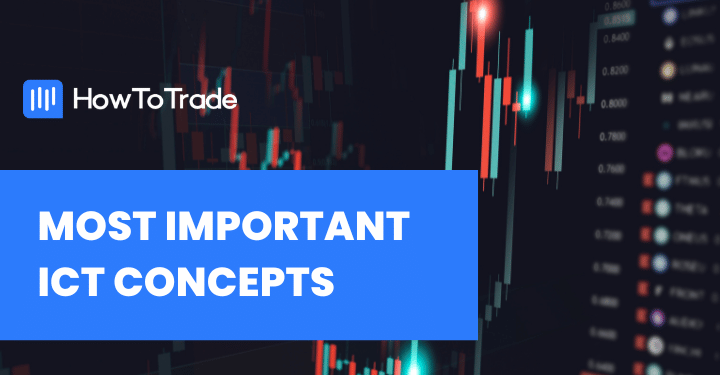
Key Points
- Fall seasonality is here for natural gas.
- CME NG futures are rapidly approaching rollover from the September to October contracts. This is a bullish market driver, as October is trading at a premium to September.
- Buying pullbacks is a solid strategy moving into late August and early September.
Market Overview
Seasonality is a vital aspect of energy pricing. It is the historical tendency of a product’s price to fluctuate according to the time of year. This is especially true for commodities that rely on the supply/demand dynamic for valuations.
Natural gas (NG) is susceptible to swings in pricing due to the time of year. Now, the NG market is entering such a period.
Fall Seasonality And Natural Gas
The seasonal trends for natural gas (NG) are subject to the spring/summer and fall/winter months in the Northern Hemisphere. During the spring/summer, bearish price action is anticipated. In the fall/winter months, bullish participation is expected.
Why is this the case? Demand. Natural gas consumption rises in the cold weather months due to an uptick in demand for heating purposes. This drives NG prices higher, especially during the late summer and early fall. It’s during this period when traders shift their attention from summer seasonality to autumn.
CME Natural Gas Futures (NG)
When pricing natural gas, it’s essential to understand a few futures market basics. NG futures are listed for trade on the Chicago Mercantile Exchange (CME). These contracts have expiration dates; typically, traders buy and sell the contract about one month ahead of the present time. This contract is known as the “front month,” and it represents the going rate for natural gas.
At press time, September is the front month contract for CME NG futures. However, that is changing. We are beginning to see significant action coming in on October NG. The volume split stands at about 2/1 in favor of September over October. As the volume split tightens, NG prices will react accordingly. Upon the onset of fall/winter, look for prices to tick higher, reflecting the anticipation of cold-weather demand.
The bottom line: fall seasonality is a bullish NG market driver, and we are rapidly approaching the September/October rollover.
Natural Gas (NATGAS, CFD): Technical Outlook
When trading natural gas, it’s essential to be aware of seasonality. Of course, unless you have institutional money, you cannot simply buy the market to capitalize on the fall/winter trend. That’s where the technicals come in.

The weekly chart gives us a good idea of where natural gas is trading heading into the fall/winter months. Big round numbers have been important — levels such as 2.500, 2.250, 2.000, 1.950, and 1.900 are all worth watching.
With the end of August nearly here, buying pullbacks in NATGAS isn’t a bad way forward. The Weekly 62% Fibonacci Retracement is a prime area for a long trade. It is located just above the 2.000 area of natural support. If NATGAS pulls back, this is a solid late-summer entry to the bull.
Thursday is a big day for natural gas. The EIA will release its US underground storage report at 10:30 AM EST. If you’re in the gas market, be ready for heavy volatility when the EIA’s numbers hit newswires.
Risk Disclosure: The information provided in this article is not intended to give financial advice, recommend investments, guarantee profits, or shield you from losses. Our content is only for informational purposes and to help you understand the risks and complexity of these markets by providing objective analysis. Before trading, carefully consider your experience, financial goals, and risk tolerance. Trading involves significant potential for financial loss and isn't suitable for everyone.





